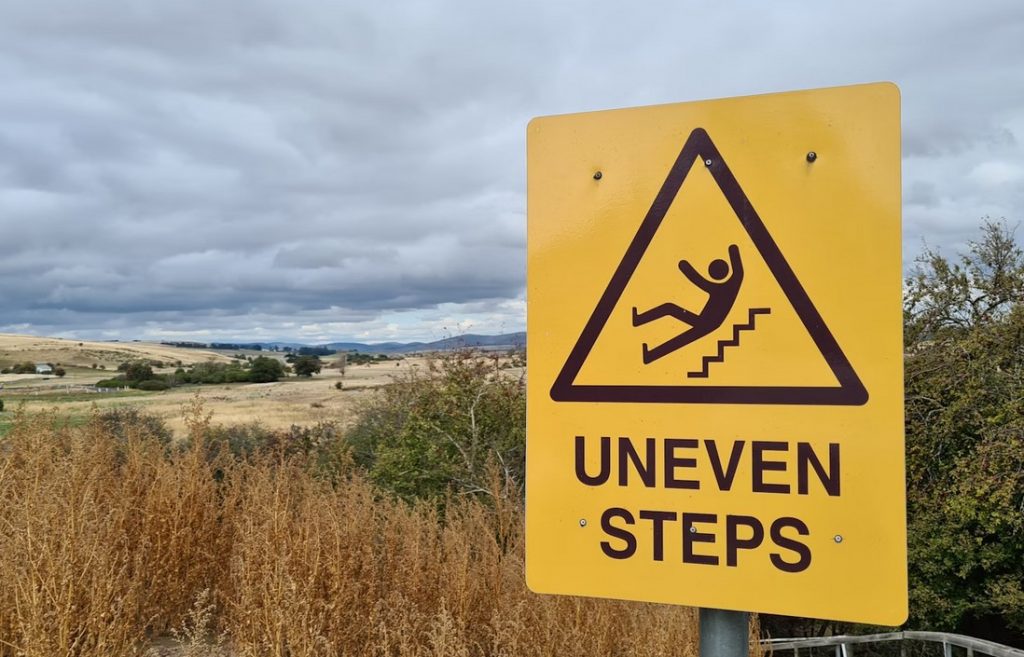Slip-and-fall accidents are not just unexpected mishaps; they can lead to severe injuries and legal challenges, particularly in New Jersey’s diverse landscape. From bustling urban areas to serene suburban neighborhoods, the Garden State presents unique challenges in preventing and addressing slip-and-fall incidents. Understanding these complexities and the role of a personal injury lawyer New Jersey is crucial for avoiding accidents and navigating legal avenues.
The Causes of Slip and Fall Accidents
Slip and fall accidents are common in various settings, from workplaces to public areas and residential premises. Understanding the causes behind these accidents is crucial for having preventive measures and reducing the risk of injuries. Here are some of the primary factors contributing to slip and fall incidents:
Surface Conditions
Wet or slippery surfaces: Spills, leaks, or recent cleaning activities can leave surfaces such as floors, stairs, or pathways wet or slippery, increasing the likelihood of slip and fall accidents.
Uneven surfaces: Cracks, bumps, or uneven flooring materials create tripping hazards, especially when they are not clearly marked or repaired promptly.
Weather Conditions
Rain, snow, or ice: Outdoor areas are particularly susceptible to slip-and-fall accidents during adverse weather conditions. Accumulated rainwater, snow, or ice can make walking surfaces slippery and hazardous.
Inadequate Lighting
Poorly lit areas increase the risk of slip-and-fall accidents, as individuals may not be able to see obstacles or hazards clearly. Dimly lit corridors, staircases, and parking lots are common locations for such incidents.
Improper Footwear
Wearing inappropriate footwear with insufficient traction or support can contribute to slip and fall accidents. High heels, worn-out soles, or shoes lacking proper grip increase the likelihood of losing balance and falling.
Lack of Safety Measures
Absence of handrails or guardrails: Staircases, ramps, or elevated platforms without adequate handrails or guardrails can be a risk to individuals, especially those with mobility issues.
Missing signage: Failure to warn individuals of hazards like wet floors, uneven surfaces, or steps can lead to slip-and-fall accidents.
Distractions
Being distracted by electronic devices, conversations, or other activities while walking can prevent individuals from noticing potential hazards in their surroundings, increasing the risk of slip and fall accidents.
Improper Maintenance
Neglected maintenance of premises, including failure to repair damaged flooring, loose carpets, or broken tiles, can create hazardous conditions conducive to slip and fall accidents.
Improper Cleaning Procedures
Using excessive cleaning products or improper cleaning techniques can leave behind slippery residues on surfaces, making them hazardous for walking.
Age and Physical Condition
Elderly individuals or those with physical disabilities are more susceptible to slip-and-fall accidents due to factors such as reduced balance, mobility, and reaction times.
Inadequate Training and Awareness
Lack of employee training on safety protocols and proper hazard identification, as well as insufficient awareness among the general public about potential slip and fall hazards, contribute to the occurrence of such accidents.
Potential Injuries and Complications
A variety of injuries, from small bruising to serious fractures or brain trauma, can arise from these accidents. Common injuries include:
Broken Bones: Fractures, particularly of the wrist, hip, or ankle, are common in these accidents, especially among older adults.
Soft Tissue Injuries: Muscle, ligament, and tendon sprains, strains, and tears can result in severe pain and mobility restriction.
Head Injuries: Falls can lead to concussions or brain injuries, with long-term consequences, including cognitive impairment.
Spinal Cord Injuries: In severe cases, these accidents can do severe damage to the spinal cord, leading to paralysis or other neurological deficits.
These injuries can cause physical pain, emotional distress, and financial strains, such as medical bills and lost wages.
How Personal Injury Attorneys Can Help
Navigating the legal complexities of accidents like this in New Jersey can be difficult, particularly when trying to prove negligence and seek compensation from property owners. This is where a personal injury lawyer in New Jersey can provide invaluable assistance.
Personal injury attorneys have the expertise to conduct thorough investigations into these accidents. They gather evidence such as surveillance footage, witness statements, and maintenance records to establish liability.
With a deep understanding of New Jersey’s premises liability laws, personal injury attorneys can provide effective legal representation. When necessary, they negotiate with insurance companies or represent their clients in court as advocates for their rights.
Attorneys for personal injuries put forth a lot of effort to make sure their clients get the money they are due. Damages for hospital bills, missed income, pain and suffering, and other losses brought on by the accident might be included in this.
Slip and fall injuries in New Jersey are complex matters that require careful consideration of various factors. Individuals can navigate the aftermath of such incidents with greater confidence and effectiveness by understanding the common causes of these accidents, recognizing potential injuries and complications, and seeking assistance from personal injury attorneys. If you’ve been injured in such an accident, you don’t have to face it alone—help is available to guide you through the process and pursue the compensation you deserve.



